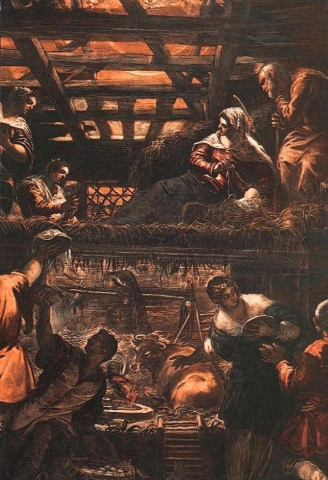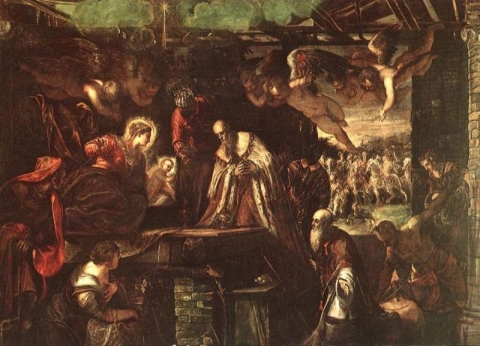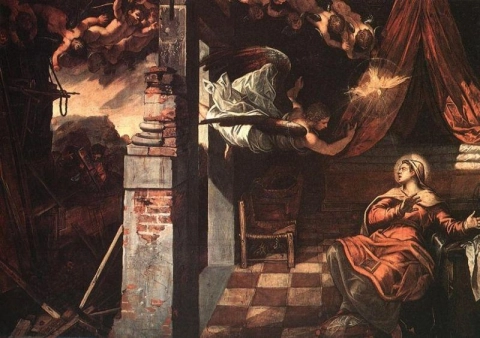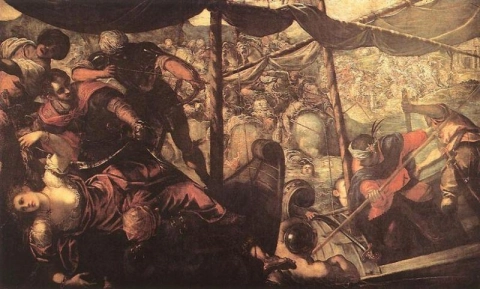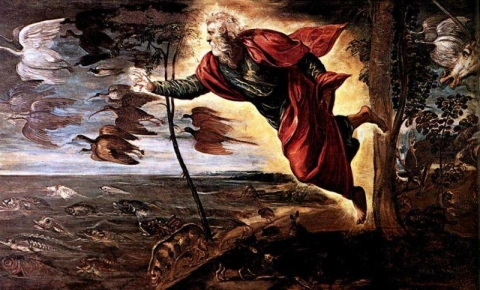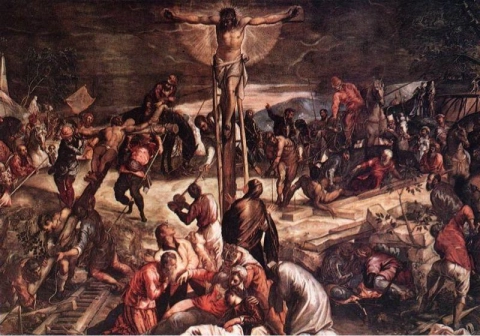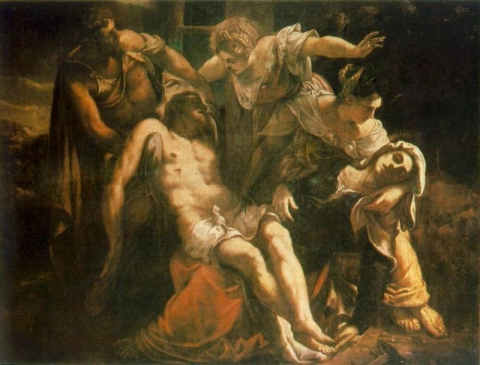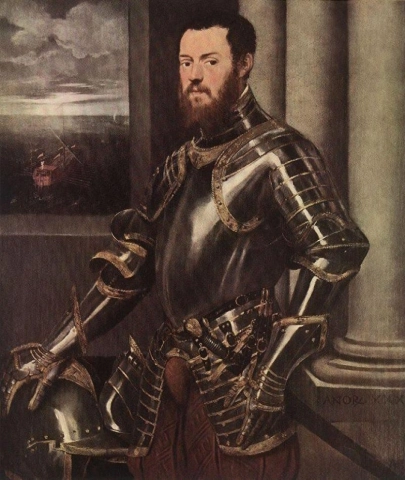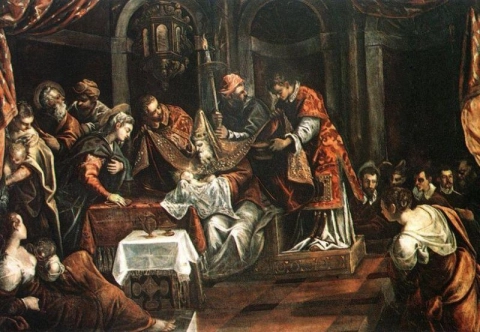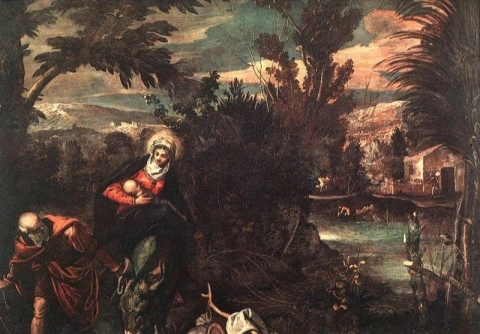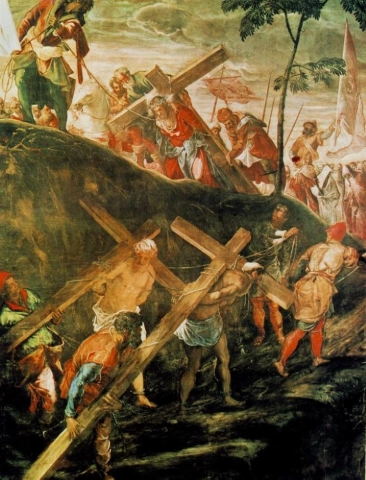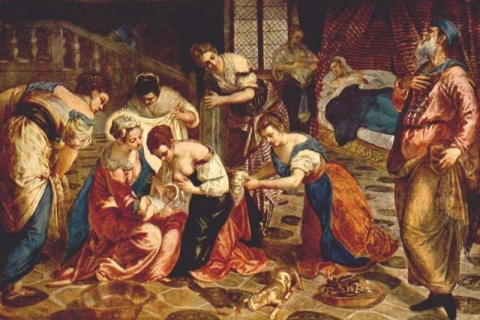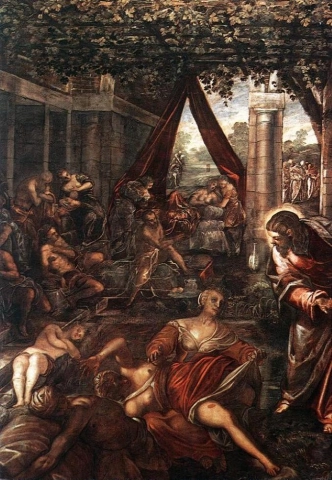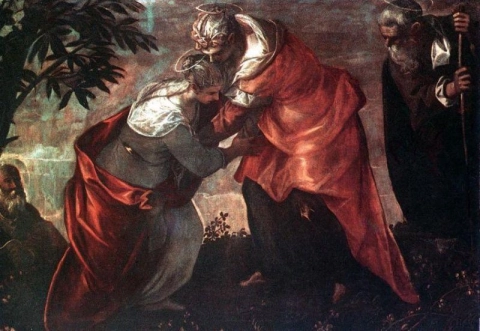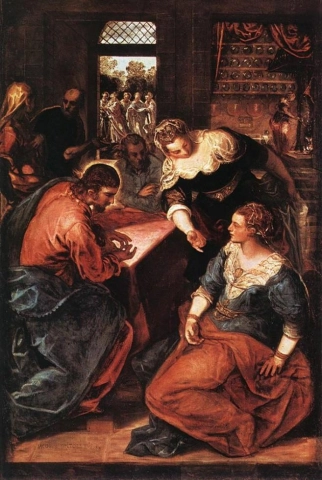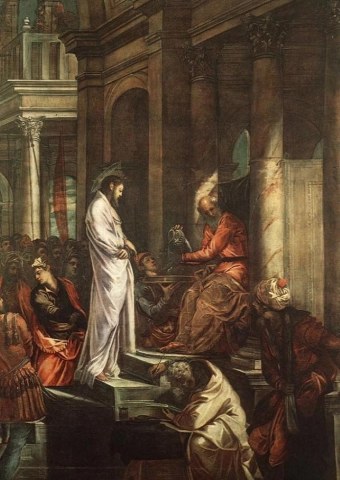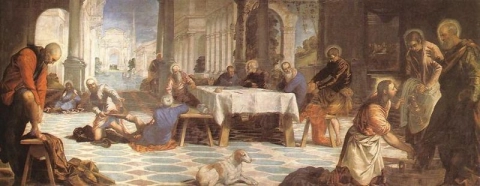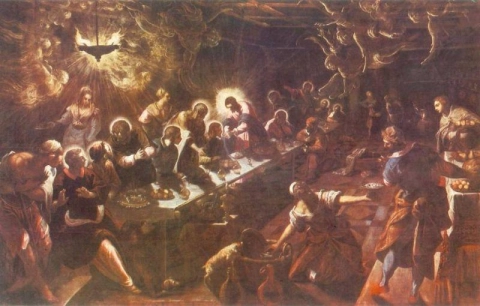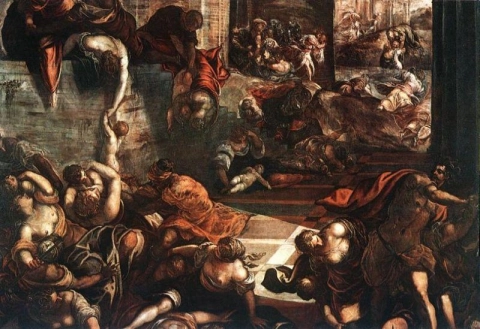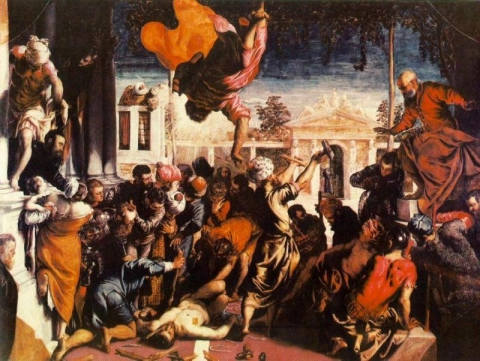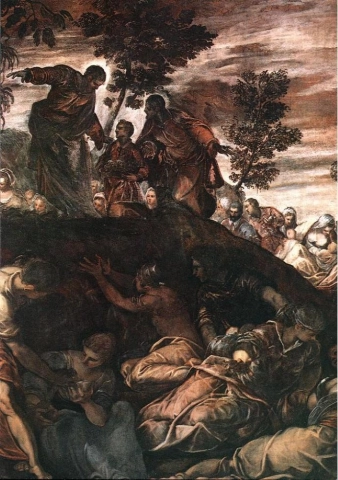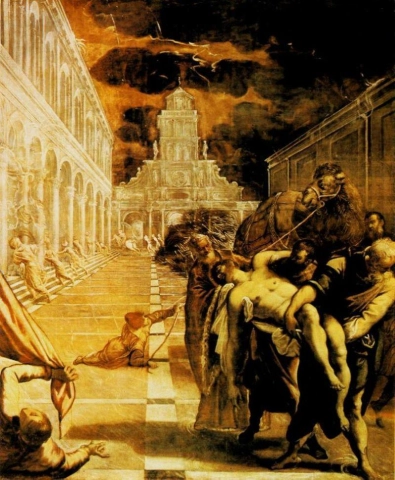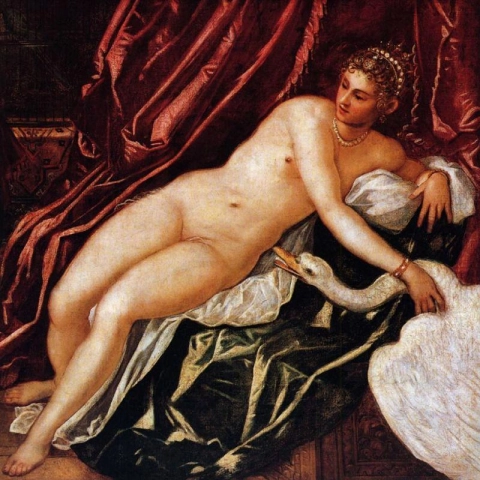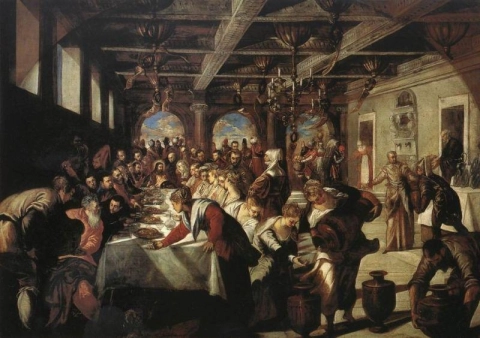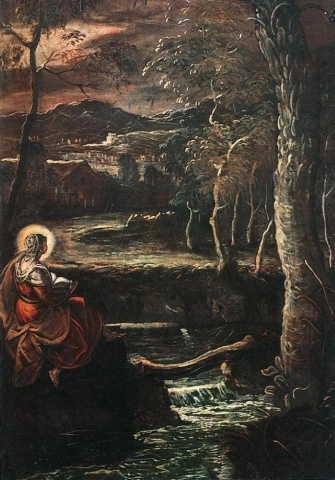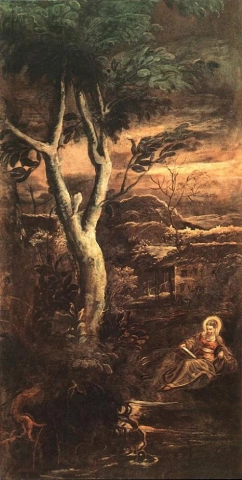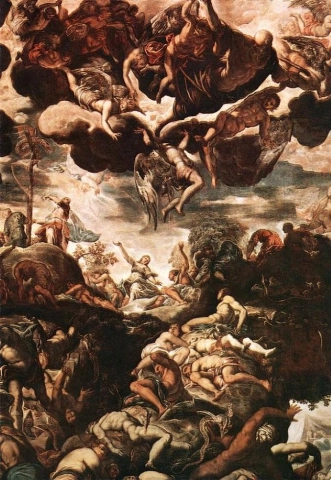Hand-painted painting reproductions - Artists - Tintoretto
Welcome to the world of Tintoretto!
At POD we are passionate about reproducing high quality oil paintings. We use meticulous technique and artisanal know-how to recreate works of art that will take you on a journey to the heart of Tintoretto's creation.Imagine owning an original work of art by Tintoretto, one of the greatest artists in history. At POD we offer you the opportunity to make this dream come true. We reproduce Tintoretto's works down to the smallest detail, so you can enjoy them in your own home.
Our reproductions are made by experienced artists who use the best materials and techniques. We are dedicated to providing you with the highest quality works of art, which will bring joy and inspiration to your family for generations.
Biography
Tintoretto, whose birth name was Jacopo Comin, was a prominent Italian Renaissance painter known for his dynamic and dramatic compositions, bold use of color, and innovative approach to perspective. Born in late September or early October 1518 in Venice, Italy, Tintoretto earned his nickname, which means "little dyer," possibly due to his father's profession.Tintoretto's artistic education began with studying under the Venetian painter Titian, a prominent figure of the Renaissance. However, Tintoretto's style diverged from Titian's classical influences, showcasing a penchant for intense emotional expression and a preference for unconventional compositions.
One of Tintoretto's early significant works is the "Miracle of the Slave" (1548), which brought him recognition for his innovative use of perspective and dynamic depiction of action. This painting marked the beginning of Tintoretto's independent career and showcased his distinctive style characterized by strong contrasts of light and dark, expressive brushwork, and energetic compositions.
Tintoretto's reputation grew rapidly, and he received numerous commissions for religious and mythological subjects. His mastery of chiaroscuro, a technique emphasizing the interplay of light and shadow, contributed to the dramatic impact of his paintings. Notable works include "The Last Supper" (1592–1594) in the Basilica di San Giorgio Maggiore and "Paradise" (1588–1592) in the Doge's Palace, both in Venice.
In addition to his large-scale religious compositions, Tintoretto was also known for his portraiture, capturing the personalities of his subjects with psychological insight. His portrait of "A Procurator of San Marco" (1560–1562) exemplifies his ability to infuse individual character into his works.
Tintoretto's studio in Venice became a training ground for several notable artists, including his son Domenico Tintoretto, further solidifying his influence on the Venetian art scene. Despite facing criticism for his unorthodox methods and challenges from rival artists, Tintoretto's impact endured, and he remained a key figure in the Venetian Renaissance.
Jacopo Tintoretto's legacy extends beyond his artistic accomplishments. His innovative techniques and dynamic compositions left an indelible mark on the development of Baroque art. Tintoretto passed away on May 31, 1594, in Venice, leaving behind a rich and influential body of work that continues to be celebrated for its dramatic flair and distinctive style.
